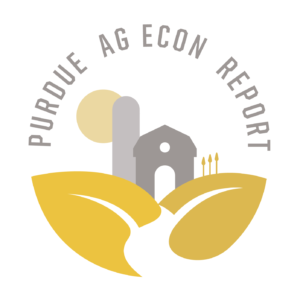Purdue Economic Outlook for 2014
December 24, 2013
PAER-2013-07
Larry DeBoer, Roman Keeney, Chris Hurt, Alan Miller, Michael Langemeier, Craig Dobbins, Nicole Olynk Widmar, Corinne Alexander, Michael Boehlje
Since 2008 the general economy in the U.S. has generally had weak performance and the agricultural economy has driven to record highs. Those trends seem to be reversing in 2014 as the U.S. and world economies move toward better footing, but the agricultural economy begins to slip.
The downward slope to farm income prospects in 2014 is related to closer to normal crop production after multiple short production years for some U.S. crops in 2010, 2011, and 2012. In essence supply has now risen to meet the demand growth surges that occurred from 2006 to 2010. In coming years, normal yields will keep supply in better balance with demand, and crop prices are expected to experience a period of moderation. Also, the rate of growth in the demand for grains has slowed. This is clearly evident in what may be a mature ethanol market with relatively flat corn use for ethanol in the next several years.
These forces mean that the next few years are expected to be ones of belt-tightening for crop producers and their input suppliers with some need to lower expectations after a period of rapid increases. On the opposite side, the animal industries and other end users of grains and oilseeds are now expected to enter several years of higher incomes, increased demand, economic recovery and expansion.
The future is an uncertain place. Nobody knows what will happen. We invite you to scan these articles for ideas about the future that are offered by our Purdue experts as you think about how to manage in 2014.
